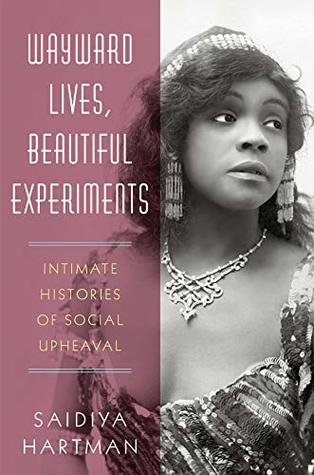More on this book
Community
Kindle Notes & Highlights
Read between
March 1 - March 11, 2021
It is a narrative written from nowhere, from the nowhere of the ghetto and the nowhere of utopia. Every historian of the multitude, the dispossessed, the subaltern, and the enslaved is forced to grapple with the power and authority of the archive and the limits it sets on what can be known, whose perspective matters, and who is endowed with the gravity and authority of historical actor.
The social scientists and the reformers are no better with their cameras and their surveys, staring intently at all the strange specimens.
Each new deprivation raises doubts about when freedom is going to come; if the question pounding inside her head—Can I live?—is one to which she could ever give a certain answer, or only repeat in anticipation of something better than this, bear the pain of it and the hope of it, the beauty and the promise.
In being denied a name or, perhaps, in refusing to give one, she represents all the other girls who follow in her path. Anonymity enables her to stand in for all the others. The minor figure yields to the chorus. All the hurt and the promise of the wayward are hers to bear.
Looking at the photograph, one wonders if she had ever been a child. By age ten, had she learned everything about sex she would ever need to know? By twelve, had she no interest in it?
Only the wayward appreciated her riotous conduct and wild habits and longing to create a life from nothing; only they could discern the beautiful plot against the plantation she waged each and every day.
It was her fault for trying to rescue a girl who didn’t want to be saved.
If courage made him an outlaw, so be it.
What stake had survivors of famine and immiseration in recreating the plantation in the city, in gratuitous violence directed at any and every black face, in defending the color line as if their very lives depended on it, as if their sense of self was anchored in this capacity to injure others? What stake had the survivors of pogrom in excluding Negroes from the factory floor and refusing to hire them?
What the white girl “desires for herself, she refuses to her colored neighbor.”


